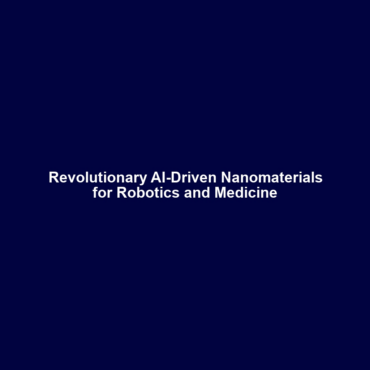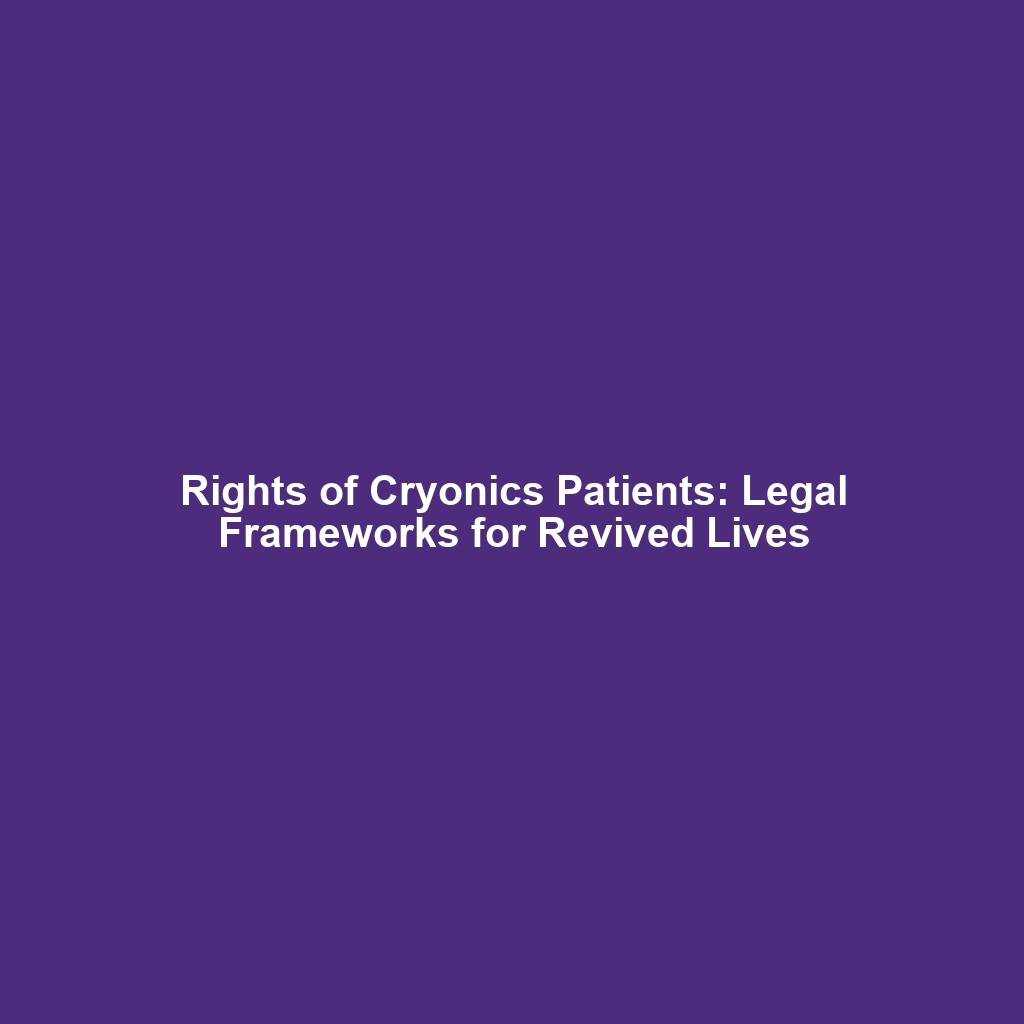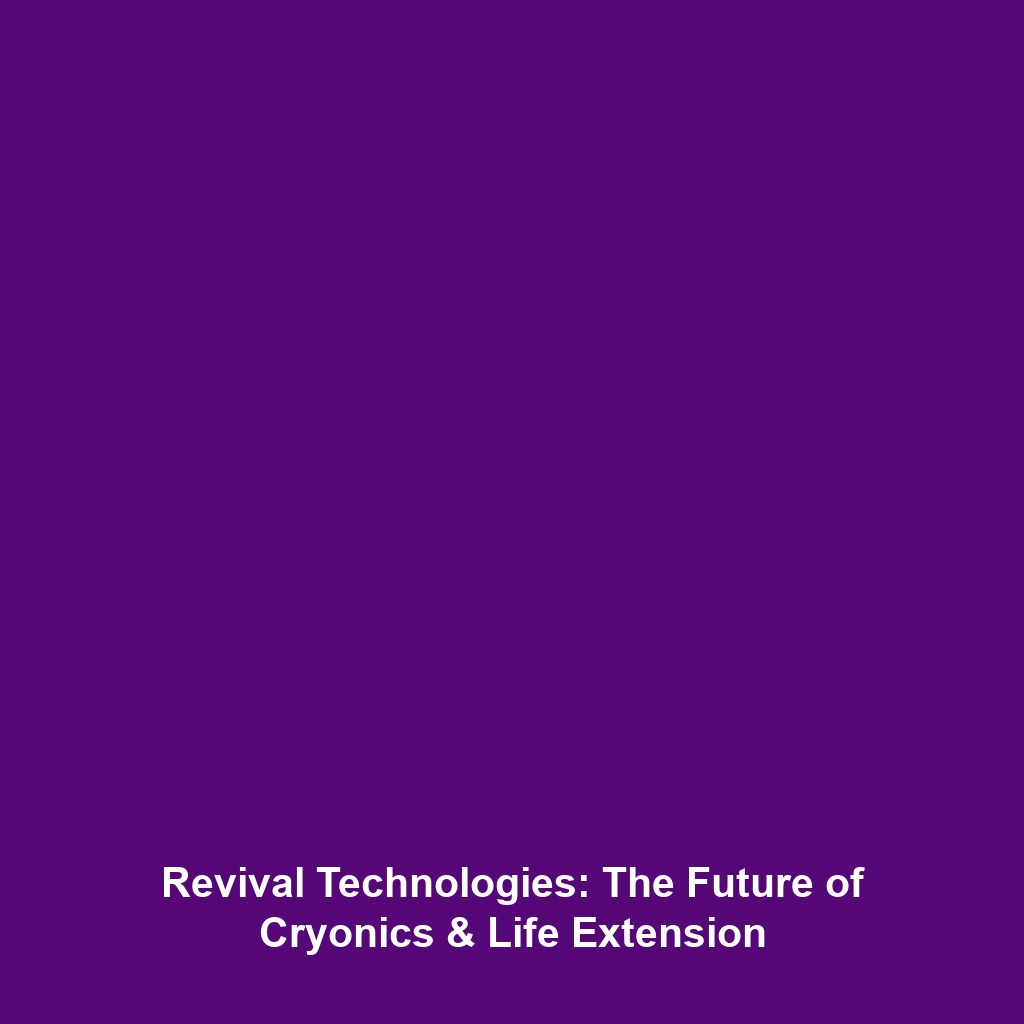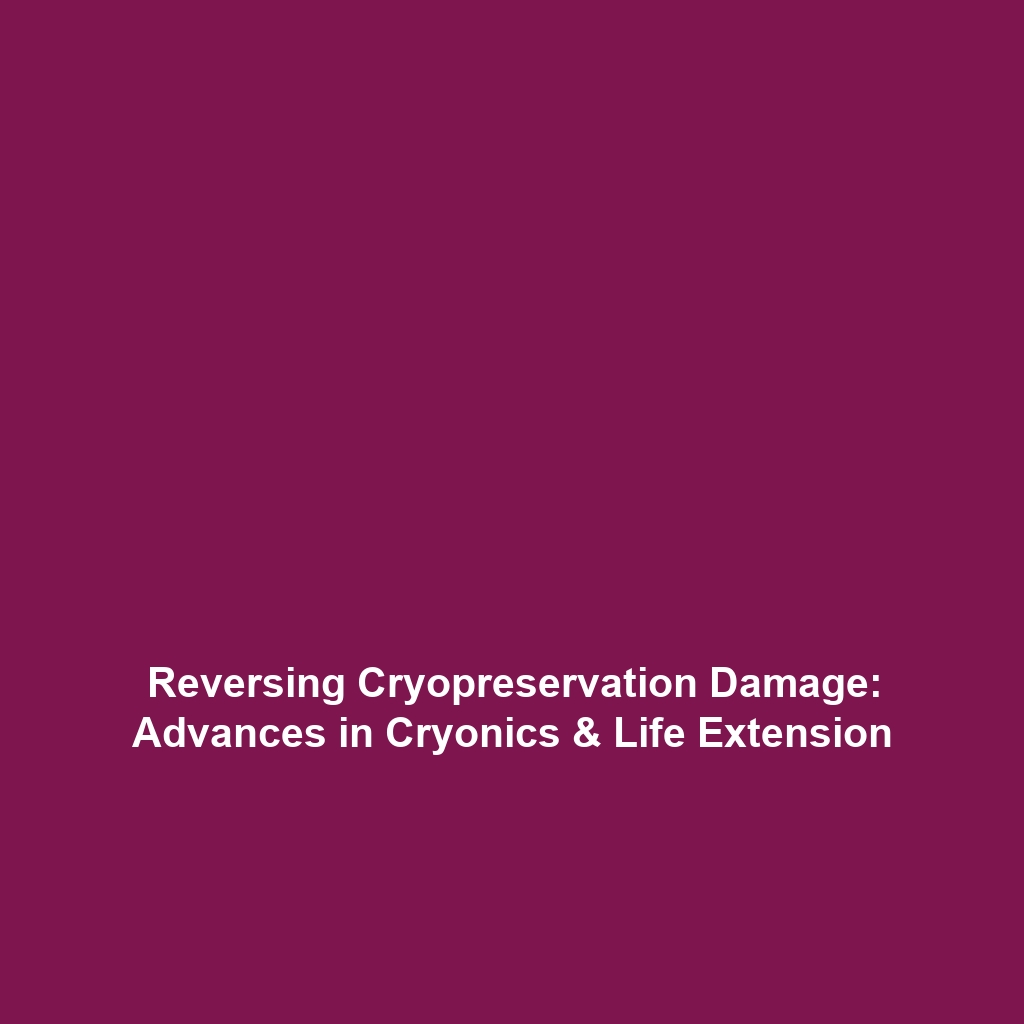AI-Driven Nanomaterials: Transforming Robotics and Medicine
Introduction
AI-driven nanomaterials that dynamically respond to environmental stimuli represent a significant breakthrough within the realm of Advanced Nanomaterials. These innovative materials are capable of adapting their properties in real-time, opening up new avenues for applications in both robotics and medicine. As the demand for smart materials increases, understanding the implications of these AI-driven nanomaterials becomes essential. This article explores their significance, applications, current challenges, and future innovations, providing insights into how they can revolutionize various fields.
Key Concepts
Understanding AI-Driven Nanomaterials
AI-driven nanomaterials are classified under Advanced Nanomaterials due to their ability to merge artificial intelligence with nanoscale technologies. The major principles include:
- Environmental Responsiveness: These materials can detect changes in their environment, such as temperature, pH, and light, allowing them to alter their physical or chemical properties.
- Real-Time Adaptation: Leveraging AI algorithms, these nanomaterials can make instantaneous decisions based on environmental data, enhancing their functionality.
Integration with Advanced Nanomaterials
Incorporating AI technology into the design of nanomaterials extends their capabilities and potential applications, solidifying their place in the category of Advanced Nanomaterials.
Applications and Real-World Uses
The applications of AI-driven nanomaterials are diverse and impactful across various sectors, especially in robotics and medicine. Some notable examples include:
- Smart Drug Delivery Systems: AI nanomaterials can release therapeutic agents in response to specific physiological conditions, optimizing treatment efficacy.
- Adaptive Robotics: In robotics, such materials can be used to develop machines that change their properties for improved interaction with their surroundings.
- Biosensors: AI-driven nanomaterials can enhance the sensitivity and accuracy of biosensors, making them invaluable for medical diagnostics.
Current Challenges
Despite their promising advantages, several challenges hinder the widespread adoption of AI-driven nanomaterials in practical applications:
- Synthesis Complexity: The fabrication processes for these nanomaterials can be intricate and costly.
- Scalability: Producing these materials at scale while maintaining quality remains a significant hurdle.
- Regulatory Issues: Lack of comprehensive regulations governing the use of advanced nanomaterials poses challenges for market entry.
Future Research and Innovations
Looking ahead, several innovations are on the horizon for AI-driven nanomaterials:
- Self-Healing Materials: Research is ongoing to create nanomaterials that can repair themselves when damaged.
- Enhanced Sensory Capabilities: Future AI integrations may result in materials that can intuitively respond to a broader range of stimuli.
- Bio-compatible Systems: Development of nanomaterials that are safe for use in biological systems, creating pathways for novel medical devices and treatments.
Conclusion
AI-driven nanomaterials hold immense potential to impact fields such as robotics and medicine positively. As research progresses, overcoming existing challenges and unlocking new applications will be crucial for this technology’s future. For those interested in further exploring Advanced Nanomaterials and their implications, consider reading more about related advancements in nanotechnology and AI applications in material science.









